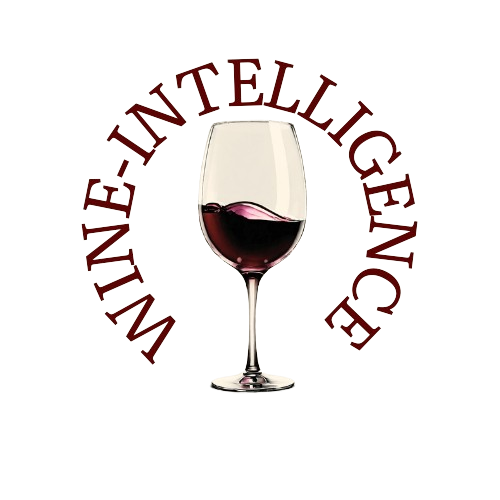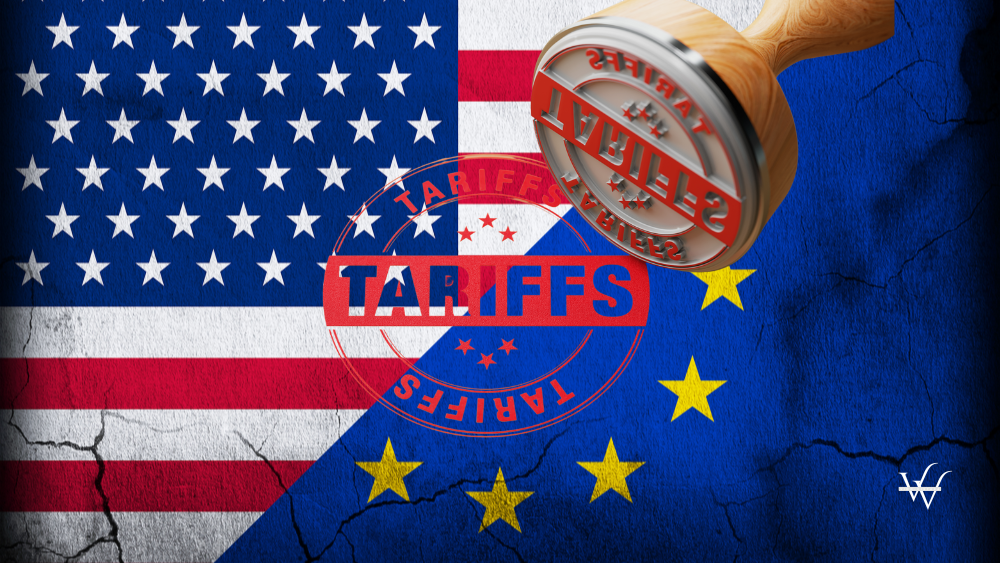The European wine sector has been granted a temporary reprieve amid intensifying global trade tensions, following a decision by the European Union to exclude American wines and spirits from its initial round of retaliatory tariffs.
This decision, confirmed by the European Commission on Wednesday, April 9, comes in response to protectionist measures imposed by U.S. President Donald Trump, but marks a strategic deviation from previous plans that would have included American wine and bourbon.
Under the EU’s phased tariff plan—set to unfold in April, May, and December—a 25% surcharge will be levied on EUR 21 billion worth of U.S. imports. Targeted goods include industrial products like steel and aluminum, as well as consumer items such as eggs, toilet paper, textiles, cosmetics, and video games. Significantly, however, bourbon and wine have been left off the list, a move driven by lobbying from key EU member states such as France, which cautioned against provoking further U.S. retaliation.
Diplomatic sources revealed that Washington had warned of the potential for steep tariffs—reportedly up to 200%—on European wines if the EU included American alcohol in its response. The risk of a damaging escalation prompted Brussels to amend its original proposal, opting for a more measured approach to protect sensitive sectors.
This concession is a critical development for wine-producing countries like France, Italy, and Spain, whose exports to the U.S. form a cornerstone of their agri-food trade. European wines enjoy strong demand in the U.S. market, and any disruption could have had severe economic repercussions.
Coinciding with the EU announcement, President Trump signaled a temporary thaw in tensions by pausing the full implementation of new tariffs introduced on April 2. For a 90-day period, countries actively engaging in negotiations with the U.S. will see their tariffs reduced to 10%. This development further alleviates pressure on European wine exporters, at least in the short term.
Nevertheless, the broader outlook remains uncertain. The European Commission has emphasized that its measures are reversible should the U.S. agree to engage in meaningful dialogue toward a “fair and balanced” trade agreement. The EU maintains that its intent is not to escalate the trade conflict but to secure a sustainable and equitable resolution.
In parallel, Brussels is preparing for additional rounds of retaliation in response to other aggressive U.S. tariff plans. These include a proposed 20% surcharge on all imports and a 25% duty on European automobiles and auto parts, with implementation possibly starting in May if talks falter.
Meanwhile, the global trade landscape grows increasingly volatile. President Trump has also intensified pressure on China, hiking tariffs on Chinese goods to 125% after accusing Beijing of currency manipulation. China, in turn, has retaliated by increasing duties on U.S. imports to 84%.
Amid these shifting dynamics, the European wine industry remains on high alert. While the current reprieve preserves vital export channels to the U.S., producers and exporters are closely watching negotiations and policy shifts that could alter market access overnight. For now, they can breathe a sigh of relief—but only cautiously, and only temporarily.
Source: Vinetur

